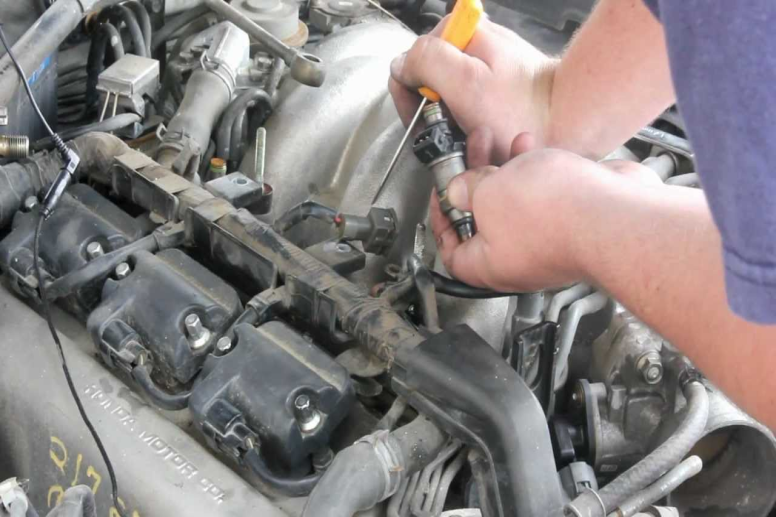
What should be noted during the process of replacing fuel injectors?
Replacing fuel injectors is a critical task that requires attention to detail to ensure proper engine performance and safety. Here are the key points to note during the process:
1. Safety Precautions
Depressurize the Fuel System – Before starting, relieve fuel pressure to prevent spills or injuries. This can be done by disconnecting the fuel pump fuse/relay and running the engine until it stalls.
Disconnect the Battery – Prevent accidental sparks by disconnecting the negative battery terminal.
Work in a Well-Ventilated Area – Fuel vapors are flammable and hazardous; avoid open flames or sparks.
2. Proper Tools and Parts
Use the correct injector removal tools (if needed) to avoid damaging components.
Ensure replacement injectors are compatible with your engine (OEM or high-quality aftermarket).
Have new O-rings, seals, and gaskets ready—never reuse old ones.
3. Removal Process
Label or Photograph Connections – Fuel lines, wiring harnesses, and vacuum hoses should be marked for correct reassembly.
Clean the Area – Remove dirt/debris around injectors to prevent contamination.
Avoid Force – If an injector is stuck, use a proper puller or penetrating oil instead of prying.
4. Installation Steps
Lubricate New O-rings – Use engine oil or fuel-compatible grease to ease installation and prevent tears.
Hand-Tighten First – Ensure injectors seat properly before tightening bolts or clips.
Torque to Spec – Over-tightening can crack the fuel rail or injectors; under-tightening may cause leaks.
5. Post-Installation Checks
Inspect for Leaks – Reconnect the battery and fuel pump, then turn the key to pressurize the system (without starting the engine). Check for leaks at connections.
Test Drive & Monitor Performance – Look for rough idling, misfires, or fuel odors, which may indicate improper installation.
Reset the ECU (if needed) – Some vehicles require an ECU reset to adapt to new injectors.
6. Additional Tips
Replace Fuel Filter – If clogged, it can strain new injectors.
Consider Professional Help – If unsure, consult a mechanic, especially for high-pressure direct-injection systems.
